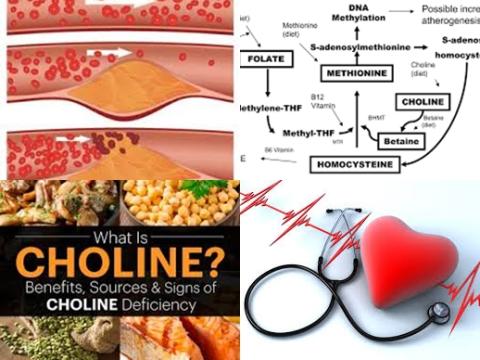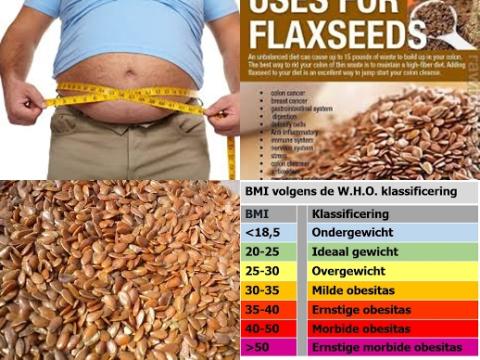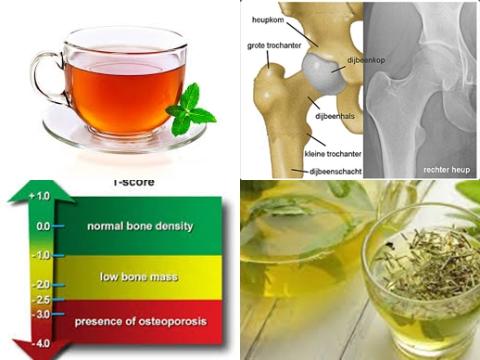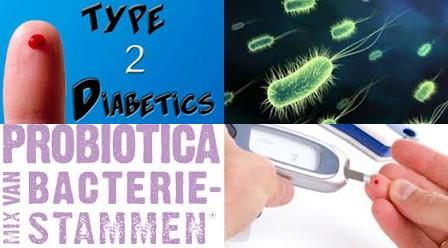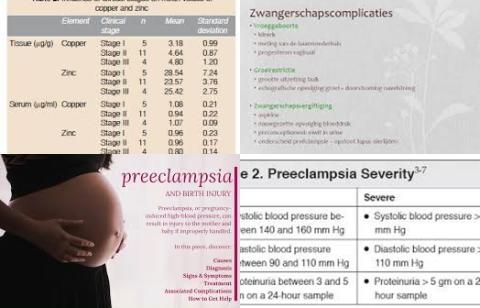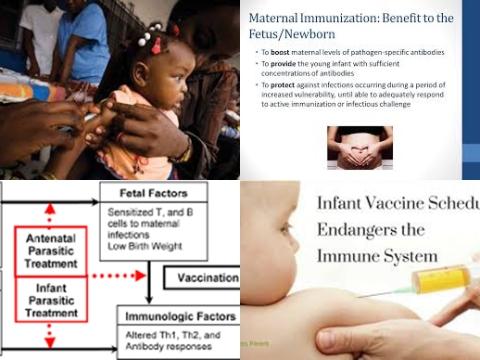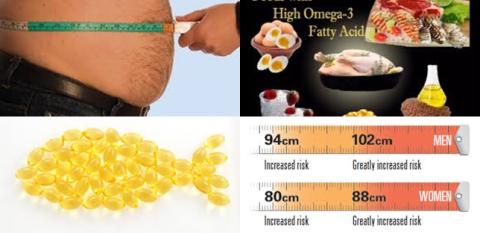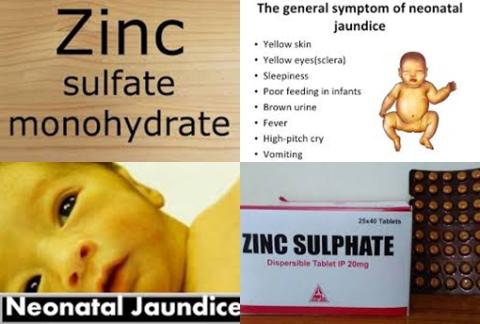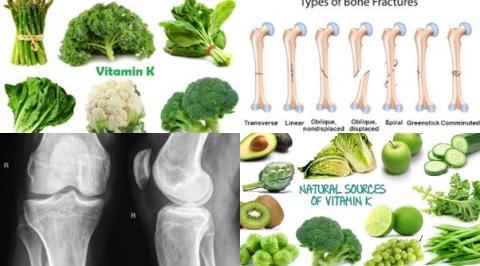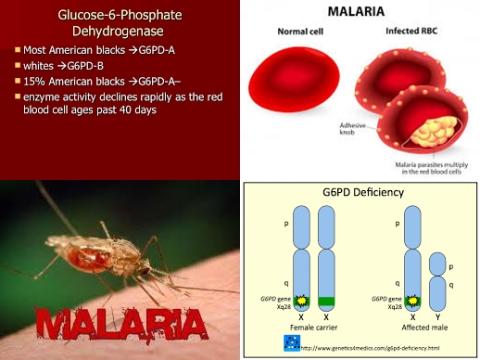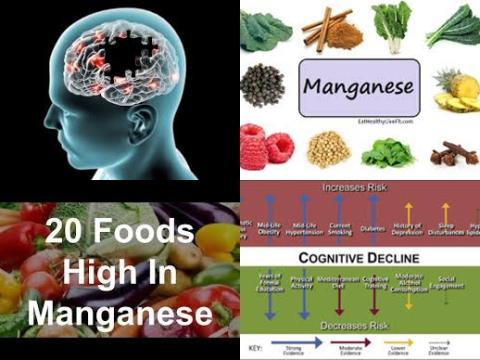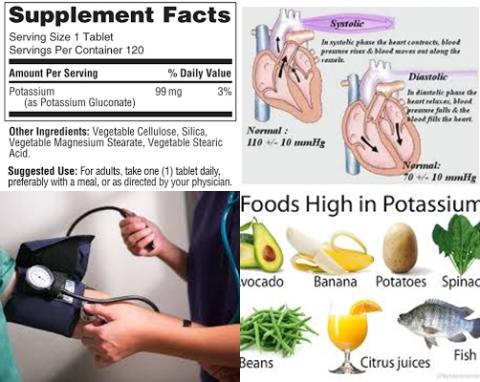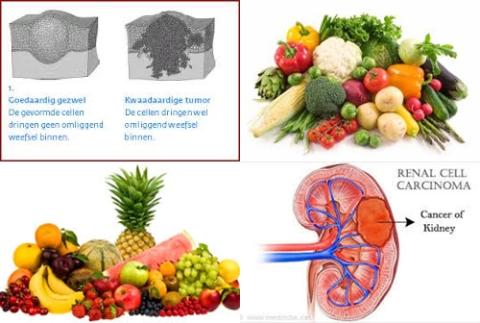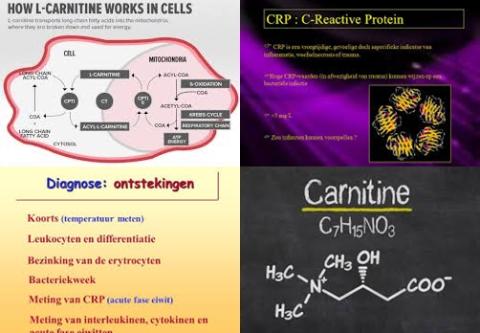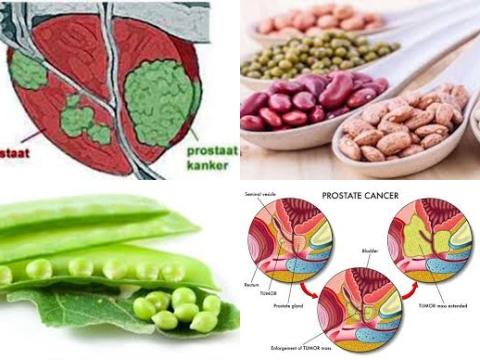Perioperative antioxidant vitamin therapy in patients undergoing cardiac surgery reduces the incidence of postoperative atrial fibrillation and duration of hospital stay
Objectives:
The clinical benefits of perioperative antioxidant vitamin therapy in cardiac patients remain controversial. Therefore, this review article (meta-analysis) has been conducted.
Do patients undergoing cardiac surgery benefit from perioperative antioxidant vitamin therapy?
Study design:
This review article included 12 RCTs with 1584 cardiac patients.
Results and conclusions:
The investigators found compared with placebo or no antioxidant vitamin therapy that administration of antioxidant vitamin therapy resulted in a significant reduction:
-in postoperative atrial fibrillation (POAF) [RR = 0.55, 95% CI = 0.42 to 0.73, p 0.0001];
-duration of hospital stay [MD = -0.68, 95% CI = -0.98 to -0.39, p 0.00001];
-intensive care unit length of stay [MD = -0.21, 95% CI = -0.30 to -0.12, p 0.00001] and;
-intubation time [MD = -2.41, 95% CI = -3.83 to -0.98, p = 0.001].
The investigators also found a trend towards a decrease in postoperative complications [RR = 0.72, 95% CI = 0.48-1.08, p = 0.11] and duration of postoperative atrial fibrillation [MD = -1.950, 95% CI = -3.28 to 0.29, p = 0.10].
The investigators concluded that perioperative antioxidant vitamin therapy in patients undergoing cardiac surgery reduces the incidence of postoperative atrial fibrillation, duration of hospital stay, intensive care unit length of stay and intubation time.
Original title:
The clinical benefits of perioperative antioxidant vitamin therapy in patients undergoing cardiac surgery: a meta-analysis by Geng J, Qian J, […], Shen Z.
Link:
https://www.ncbi.nlm.nih.gov/pubmed/28645181
Additional information of El Mondo:
Find more information/studies on antioxidant and cardiovascular diseases right here.
